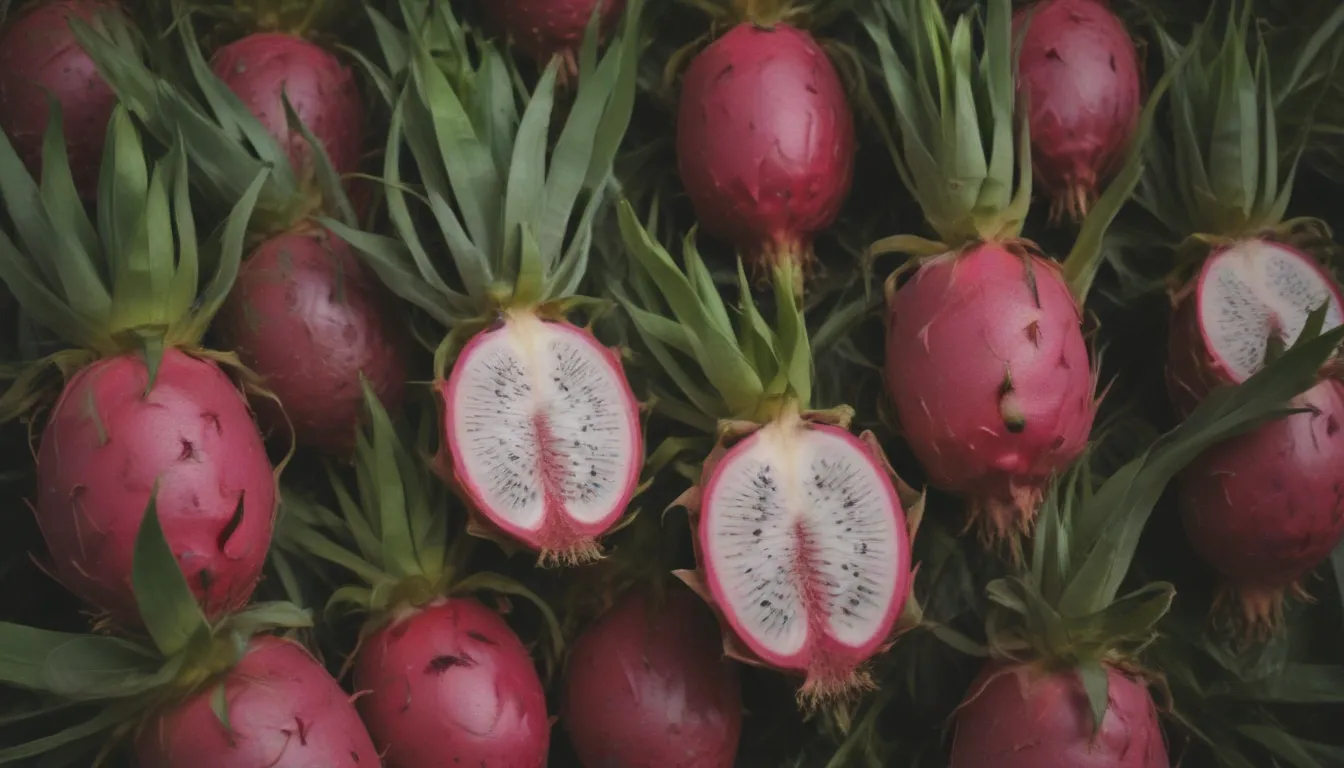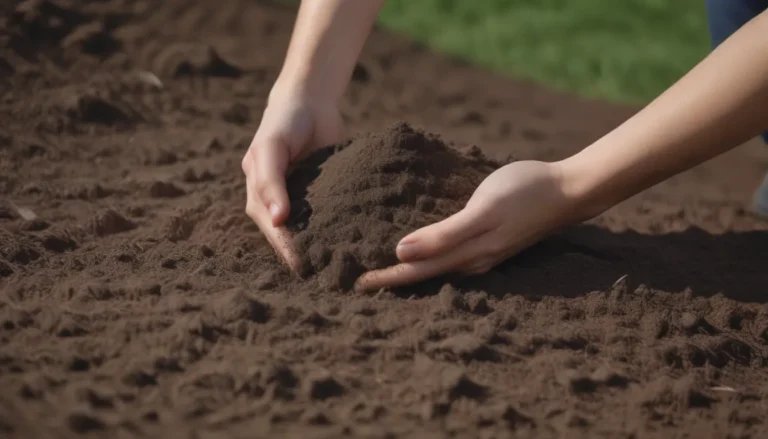A Comprehensive Guide to Growing and Caring for Dragon Fruit Plants

If you’re a plant enthusiast looking to add a touch of the exotic to your garden, dragon fruit plants might be just what you’re looking for. This other-worldly fruit-bearing cactus, also known as pitahaya, is not only visually stunning with its bright pink, leathery skin and thorn-like fins but also boasts deliciously sweet flesh with tiny black seeds. Native to Mexico, Central America, and South America, these fast-growing perennial cacti are not only prized for their unique fruit but also for their ornamental value in outdoor landscapes.
Planting Your Dragon Fruit Cactus
When it comes to planting your dragon fruit cactus, timing is key. It’s best to plant these beauties in early spring to make the most of their growing season from March to August. Here are some essential tips for planting your dragon fruit:
-
Selecting a Planting Site: Choose a location with well-drained soil, full sun to partial shade, and ample space. Dragon fruit plants can grow up to 20 feet tall, so make sure to plant them at least 15 to 25 feet away from other structures to avoid overcrowding.
-
Spacing, Depth, and Support: Dig a hole that is 3 to 4 times in diameter and 3 times as deep as the nursery container. Refill the hole with soil so that the plant sits at the same level as it was in the container. Space plants at least 6 feet apart and provide a strong trellis for support.
-
Warning: Dragon fruit cactus can be invasive in central and southern Florida, so be sure to check local regulations before planting.
Caring for Your Dragon Fruit Plant
To ensure your dragon fruit plant thrives and produces bountiful fruit, here are some essential care tips to keep in mind:
Light
While dragon fruit plants love warm weather and full sunlight, intense sun in dry and hot regions can cause stem damage. If you live in an area with frequent high temperatures, consider planting your cactus in partial shade. However, too much shade can result in reduced fruit production.
Soil
Dragon fruit cacti aren’t too picky about soil type but prefer moist, organic-rich, well-drained soil. Mulching around the base of the plant can help retain moisture, especially in drier regions.
Water
Consistent watering is essential for a good fruit crop, but be cautious not to overwater as it can cause root rot and fungal diseases. During winter, reduce watering to prevent issues.
Temperature and Humidity
Dragon fruit plants thrive in temperatures ranging from 65 to 80 degrees F. They require a tropical or subtropical climate and won’t survive in freezing conditions.
Fertilizer
These fast-growing plants are heavy feeders, so regular fertilization is key. Use a balanced fertilizer during the plant’s first year and amend the soil with compost or organic matter regularly.
Pollination
Some dragon fruit cultivars require cross-pollination for fruit production, as their flowers are mostly pollinated by bats and moths. If needed, resort to hand-pollination between dusk and dawn.
Types of Dragon Fruit Plants
With about 15 species and numerous hybrid varieties, dragon fruit plants come in a variety of colors and sizes. Popular cultivars include ‘American Beauty’, ‘Dark Star’, ‘David Bowie’, ‘Purple Haze’, and ‘Zamorano’.
Harvesting and Enjoying Your Dragon Fruit
Knowing when to harvest your dragon fruit is crucial for optimal flavor and texture. Look for a withered appearance on the pink outer skin, and the fruit should twist easily from the stem when ripe. Dragon fruit can last up to two weeks in the refrigerator, and don’t forget to enjoy the large, fragrant flowers produced by the cactus.
Growing Dragon Fruit in Containers
For those limited on outdoor space, growing dragon fruit in pots is a great alternative. Choose a smaller variety, a spacious container with adequate drainage, and trellis support for vertical growth.
Pruning and Propagation
Regular pruning is essential for preventing disease and encouraging fruit production. Propagating dragon fruit from stem cuttings is an easy and fast way to grow new plants.
Overwintering and Common Pests
In colder climates, overwintering measures are necessary to protect your dragon fruit plant. Keep an eye out for pests like ants, mealybugs, and thrips, as well as diseases like stem rot and canker.
With proper care and attention to detail, your dragon fruit plant can thrive and produce delicious fruit for years to come. Experiment with different varieties, growing methods, and care techniques to find what works best for your unique growing conditions. Enjoy the process of nurturing these exotic plants and savor the rewards of homegrown dragon fruit!





